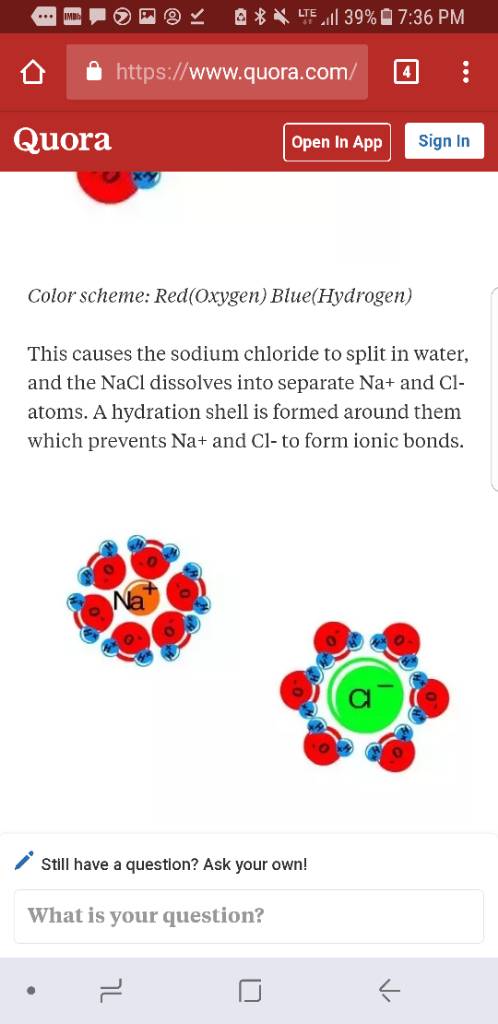- Joined
- Oct 4, 2016
- Messages
- 226
- Reaction score
- 94
Okay, if I understand this correctly, he is basically asking us what happens when you dilute a carbonate buffer with pure water. Part of the equilibrium for carbonate involves CO2 coming into equilibrium with the environment. So if the question is asking about the pH prior to gas exchange, the aqueous CO2 does not come into equilibrium with the atmosphere after dilution.
There are two things that contribute to pH in a carbonate buffer. The total amount of carbon dioxide and the alkalinity. If the volume of the solution is doubled, then the both of these are cut in half. This will result in an increase in pH until gas exchange happens.
I’m tired. I think I explained this well. Lol
There are two things that contribute to pH in a carbonate buffer. The total amount of carbon dioxide and the alkalinity. If the volume of the solution is doubled, then the both of these are cut in half. This will result in an increase in pH until gas exchange happens.
I’m tired. I think I explained this well. Lol




















